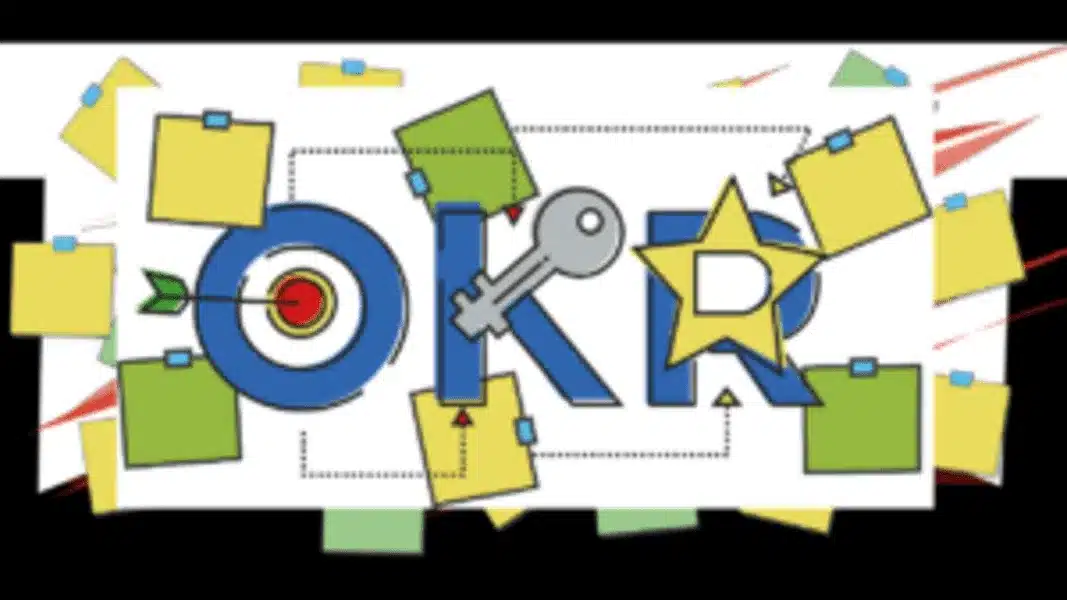Every business works towards experiencing growth.
One key element to experiencing that growth is setting clear objectives and goals and coming up with ways to measure and achieve them. The unfortunate reality, however, is that only 5% of businesses meet their annual goals. Here learn on to run OKR progress review effectively.
There are some great frameworks that help a company better set key objectives and achieve them. While a system isn’t everything, it plays a significant role in helping companies be successful in the short to long term.
OKR Progress Review / OKR, or Objectives and Key Results, is a great framework to start with. Business owners or key executives choose a business objective, then set two to three key results they want to achieve to meet that objective.
Here’s an example of what that might look like:
Objective: Increase recurring revenue
Key result #1: Add 5 new recurring clients to the company
Key result #2: Retain 80% of existing recurring clients by the end of the year
Key result #3: Craft two new services with a recurring subscription model
Why are OKRs such a great alternative
Apart from the fact that it’s simple and straightforward, it makes impact measurable and helps companies understand what it will take to consider the business successful in achieving its goals.
How can you set great OKRs and use them to hit goals?
1. Don’t aim too low or too high
Goal setting for businesses is a bit tricky at times. You don’t want to aim too high, but you also don’t want to become too pessimistic and sell your business short.
Finding the balance to your objectives is key. Achieving this outcome relies on a lot of deliberation.
First, decide as a team what your objective will be, and then discuss whether it’s a well-balanced objective.
Not all objectives can be completed in a year or less. If you absolutely feel that an objective or goal is the right direction for your company but feels overwhelming, break it down into smaller milestones.
If you hit milestones, then you can adjust your objectives accordingly. For instance, if your goal is to turn your local product into a global brand, you can become a national product in the first year then go global the next.
2. Set measures of success for each key result
One crucial point of having OKR feedback systems is to have a set of metrics to measure your growth.
OKR and KPIs are completely different. KPIs measure whether a company is healthy and stable. OKRs measure whether a company is growing or not.
OKR Software – Rated 4.8 on G2
Empower your managers to be a better leader with essential performance tools & personalized coaching support.
Be clear about your measures of success and turn them into key results that will indicate whether a business or team has met its objective or not. Publish those metrics and have ways for people to see them regularly.
Look into examples of HR software tools that provide an internal dashboard where people can see those metrics visually almost every day.
3. Communicate your OKR internally
OKR progress reviews work best when the whole company knows about them. Studies show that companies with clear objectives and goals have 36% higher growth than those that don’t.
Hence, rallying people around a battle cry could become of great value to your organization.
OKRs can unify people around a key set of goals and activities. More than pointing out what metrics matter, they point out which ones don’t.
As a result, teams stop spending time on numbers that don’t really contribute to the overall objective.
For instance, marketing teams won’t have to put so much time into reaching a million followers on Facebook when it isn’t a key result.
There’s absolutely nothing wrong about growing a following. We simply need to focus on a few things and do them extremely well to experience better growth.
4. Review your OKRs frequently
The next step is to build accountability around a company’s OKRs.
Setting up review systems and schedules can help in many areas, including teaching managers how to conduct a performance review. That’s because staff’s performance should be weighed alongside their contributions to the company’s key objectives.
OKR Software – Rated 4.8 on G2
Empower your managers to be a better leader with essential performance tools & personalized coaching support.
After completing every OKR cycle, set a time to review them in-depth and measure whether the company was successful at meeting its goals or not.
5. Use OKR tools
Using the best OKR software can align teams with their objectives all the way. The problem sometimes with teams and meeting OKRs is the inability to follow through.
Thankfully, there are many available objective tracking, reviewing, and reminding tools that can help keep a company on track.
OKR tools give teams and their management OKR review templates, performance tracking tools, report and analytics, and other features that can add flair to the objective-setting and chasing journey.
What’s at Stake
Setting OKRs isn’t just another “good-to-have practice” that makes businesses look professional and busy. They’re results-based tools to keep companies and their team members on one page so that everyone works on the same goals. Achieving this level of focus can add more efficiency to the team and more growth to the business.






